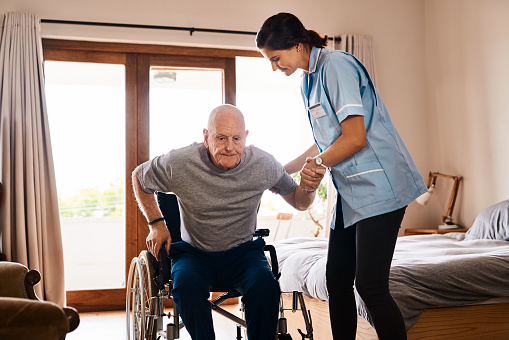School Of
Rural Swing Bed Management

Existing Subscribers: Click the "View Courses" button, then Sign In. Once signed in, scroll down your dashboard to view all catalogs. Click on the gold catalog header to see all courses per catalog, or click on a course card to enroll.
New Users: Use the button on this page to view available courses. See a course of interest? Click on the course card to learn more, add to cart, and purchase. You will be prompted to set up an account during checkout.
One of the challenges that small or rural hospitals face today is a shrinking inpatient census. While providing more resources at the local level, swing beds can strengthen relationships with tertiary facilities and can improve occupancy and productivity in addition to increasing facility revenue. It is important that hospital leadership understand the specific guidelines related to caring for swing bed patients to get the most out of their program. Comprehensive education and training are needed to address rural swing bed issues and provide the necessary tools for compliance, efficiency and quality, as well as support population health, wellness, and other services.
- Swing Bed Foundations
- Swing Bed Building Blocks
- Growing your Swing Bed Program
- PDPM
- Therapy Services
- Transitions of Care
- Managing Through Change
- Coding Success
- Additional Swing Bed Resources
View The Courses
Target Audience
Rural Hospitals that Offer Short Term Rehabilitation and Swing Bed ServicesGroup Rates
Multiple staff need training?
Ask us about group pricing!

